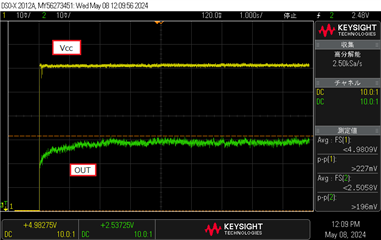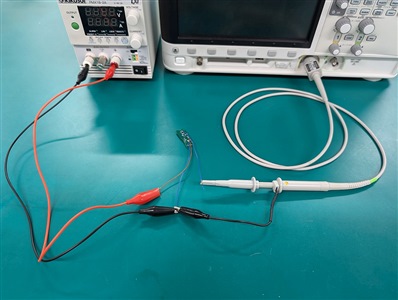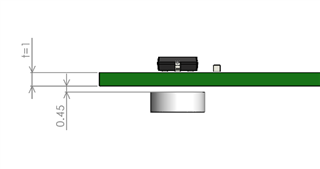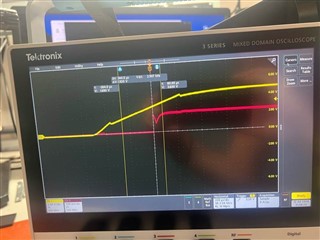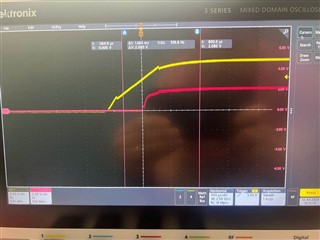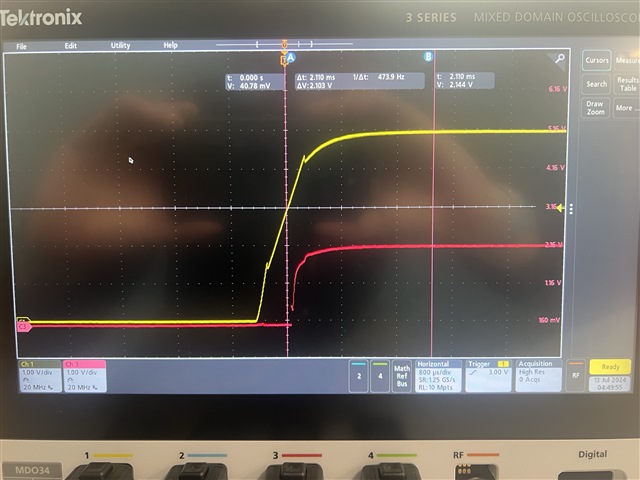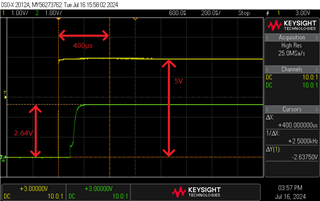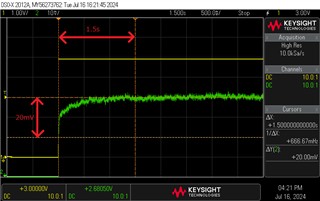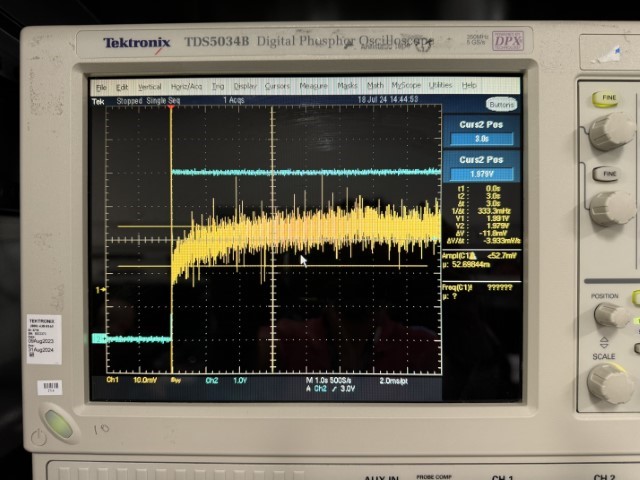Tool/software:
Hello.
DRV5056 datasheet states that the power-on time is typically 150 microseconds at B = 0mT test conditions.
Does this mean that it is not recommended to power-on at other than B = 0mT ?
In other word, will the power-on time increase under a bias magnetic field?
Thank you.


